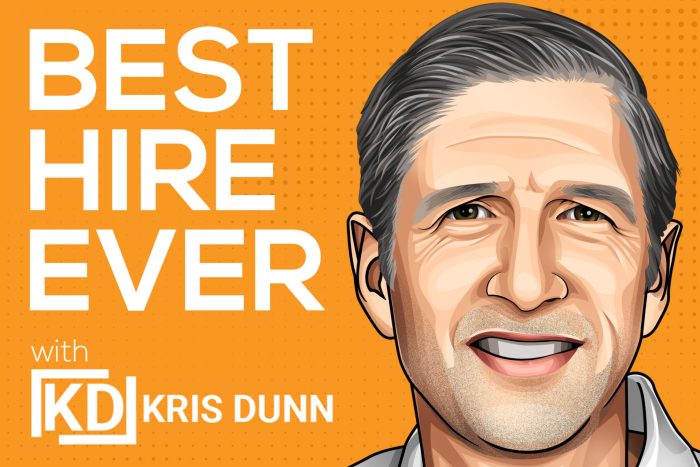If you’re focused on using talent intelligence to improve recruitment, stop. You’re far better off using it instead to address broader business issues. … Read more


If you’re focused on using talent intelligence to improve recruitment, stop. You’re far better off using it instead to address broader business issues. … Read more

People data. It can feel like a dirty phrase for many workers, inciting feelings of unease and distrust. And it’s not hard to understand why in the wake … Read more

A new light has been shining on diversity, equity, and inclusion (DEI) programs and initiatives in the wake of the resurgence of the Black Lives Matter … Read more

Any powerful tool can be used for good and bad. For instance, hammers can be incredibly helpful, but they can also be used to wreak havoc. The same goes … Read more

Shot during the hundred days leading up to the Mr. Universe and Mr. Olympia competitions, Pumping Iron is a 1977 American blockbuster about the world of … Read more

It is common to have interesting but inconclusive data. If this happens at an early stage of a project, then that’s OK. Sometimes you do need to wander … Read more

Editor’s Note: ERE is the new place where you will find the first run of the Best Hire Ever podcast, which explores a simple truth: There’s nothing … Read more

Way back in 2005, in his now classic book, The Singularity is Near, futurist Ray Kurzweil described an eminent and optimistic future in which human life … Read more

“Let’s talk about Metrics please. Let’s talk about you and me. Let’s talk about all the good things and the bad things that may … Read more

Perhaps the most alarming statistic of the year comes from recent research by The Predictive Index (TPI) revealing that “on average, 47% of high-performing … Read more